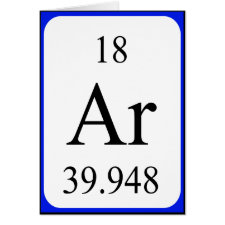
Authors: Mojica ERE
Article Title: Screening of different computational models for the preparation of sol-gel imprinted materials.
Publication date: 2013
Journal: Journal of Molecular Modeling
Volume: 19
Issue: (9)
Page numbers: 3911-3923.
DOI: 10.1007/s00894-013-1928-3
Abstract: Different computational models were used and screened to find a rational way in selecting the appropriate functional silane monomer for the best molecular imprinted xerogel (MIX) formulation. Several functional silane monomers were used and allowed to react with a template model, tetracycline (TC). The resulting template-monomer complex molecules were first optimized and their interaction energies (IEs) were calculated using different computational methods such as semi-empirical methods, ab-initio methods, density functional theory (DFT) methods and solvent model method. The formulations used for calculation were also prepared and their performance in binding with TC was determined using tritium labeled sample. Results showed that the rankings of the different formulations varied with the different computational methods. However, rankings of the IEs of the xerogels are similar to that of the imprinting factor (IF) when HF and B3LYP at SV(P) and SVP basis set levels were used. The best imprinted xerogel, allyltriethoxysilane (AtEOS) ranked first in ten out of the 26 computational models that were screened and at all computational methods at tetramer system
Template and target information: tetracycline, TC
Author keywords: Computational, imprinting, sol-gel, Xerogel



Join the Society for Molecular Imprinting

New items RSS feed
Sign-up for e-mail updates:
Choose between receiving an occasional newsletter or more frequent e-mail alerts.
Click here to go to the sign-up page.
Is your name elemental or peptidic? Enter your name and find out by clicking either of the buttons below!
Other products you may like:
 MIPdatabase
MIPdatabase









